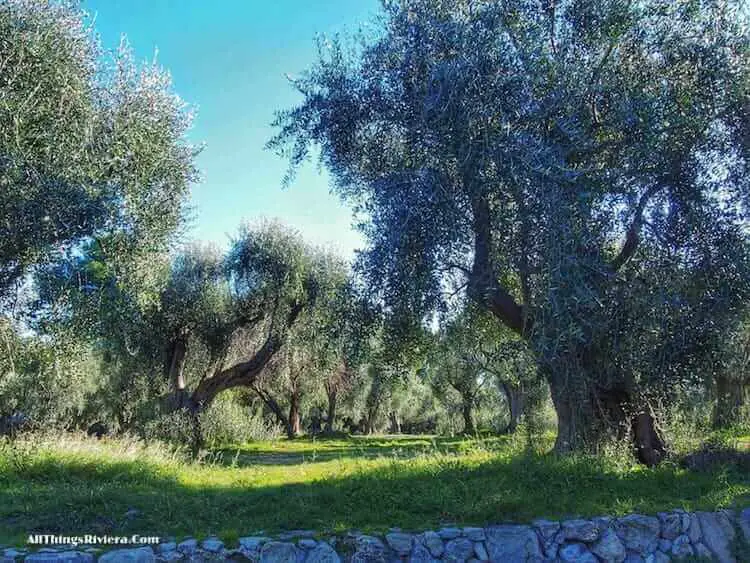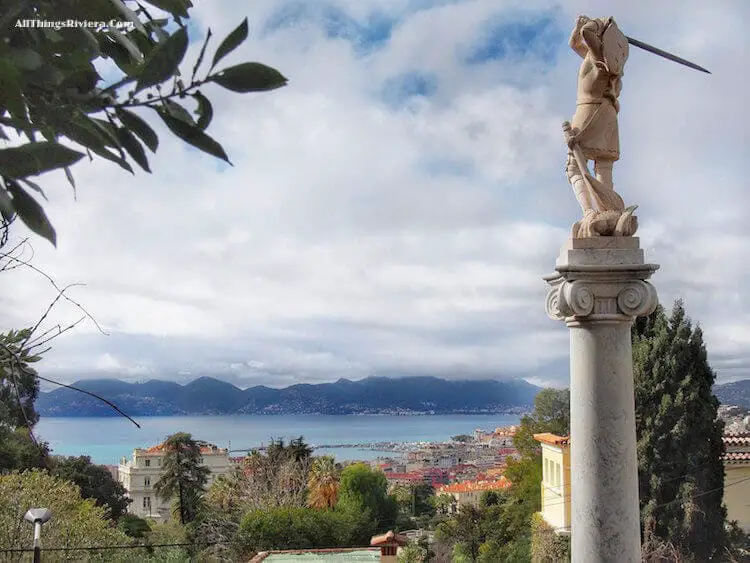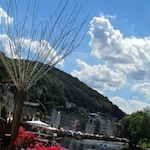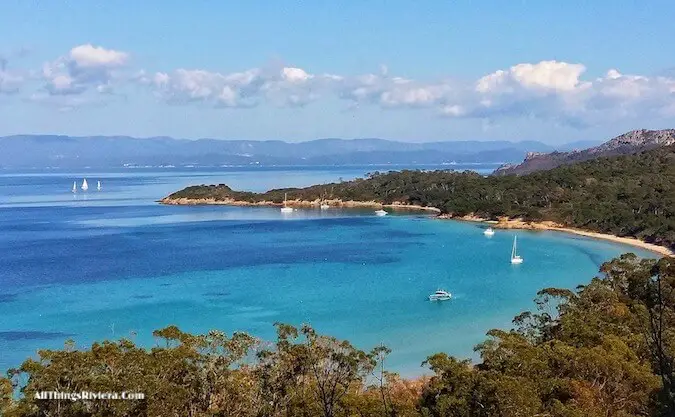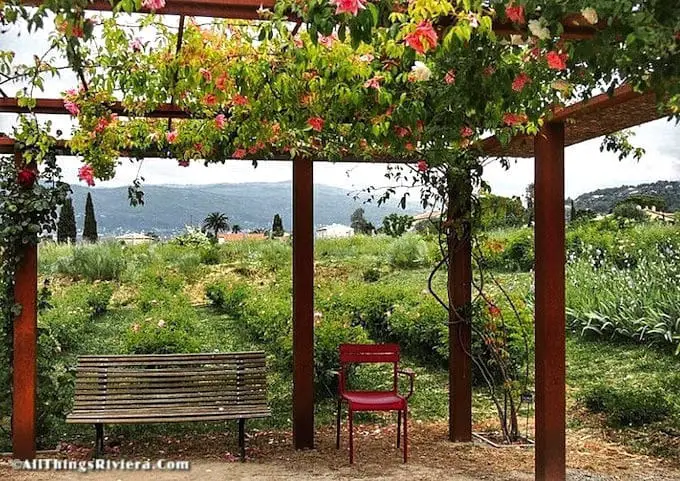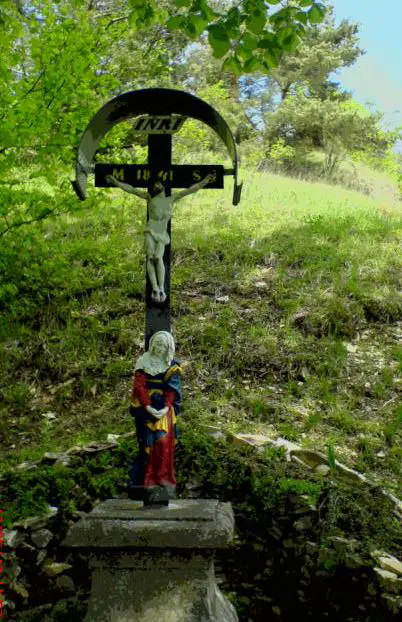The Beodo palm grove is one of the most stunning sights in the whole of Northern Italy. If you have ever taken the bus from Ventimiglia in the direction of Sanremo and Genoa, you will probably have seen it and may have wondered what transported this piece of tropical landscape to the northern Italian coast.
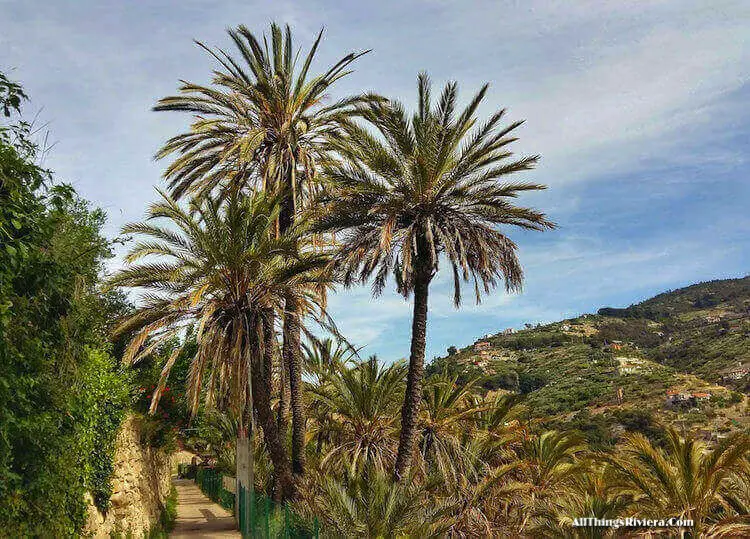
If so, then you are not alone. Nobody seems to be entirely sure where the palm trees of Bordighera came from, mainly because the grove has been around for such a long time – well over 500 years, in fact.
Some people in Bordighera – the nearest town – believe that the local saint, an Egyptian hermit called Saint Ampelio, brought the palms with him on his journey from the southern shores of the Mediterranean.
The evidence for this, however, is sketchy at best (let’s be polite). Most people nowadays will tell you that Phoenician and Arab pirates (who raided this area often from the early Middle Ages onwards) are more likely candidates for the role of palm tree importers. Although this would almost certainly have been a non-deliberate and unknowing act, a little bit like Columbus who did not travel to America with the intent of bringing the Syphilis bacterium to Europe but nevertheless did exactly that.
Don’t miss: Hiking in Bordighera
Bordighera is the northernmost place in the world where palm trees spontaneously multiply, without assistance from matchmaking botanists.
At 43° 47’, the town lies roughly at the same latitude as Milwaukee and well to the north of Boston, Detroit and Chicago, places where – no disrespect to any of them – you would not necessarily expect to see a palm tree out in the open air, spontaneously propagated or not.
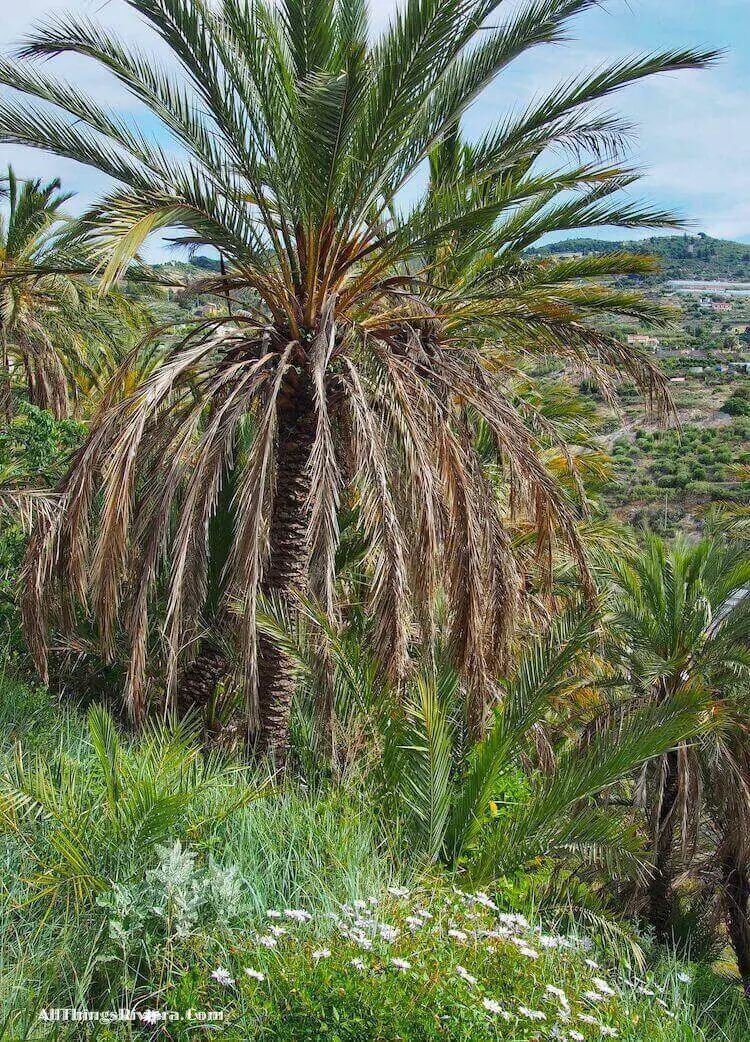
Bordighera’s palm tree grove is a unique phenomenon, even accounting for the fact that the variety that grows here – the Phoenix Dactylifera – is a good deal hardier than the coconut and date palm from tropical latitudes.
Trees from the Phoenix Dactylifera variety – that populate the desert oases in Africa and the Middle East – can survive long droughts and, more importantly here, moderate frosts.
During this walk among the palm trees of Bordighera, you get the occasional opportunity of inspecting overhanging tree-tops from up close because some were planted close to the footpath lower down the hill.
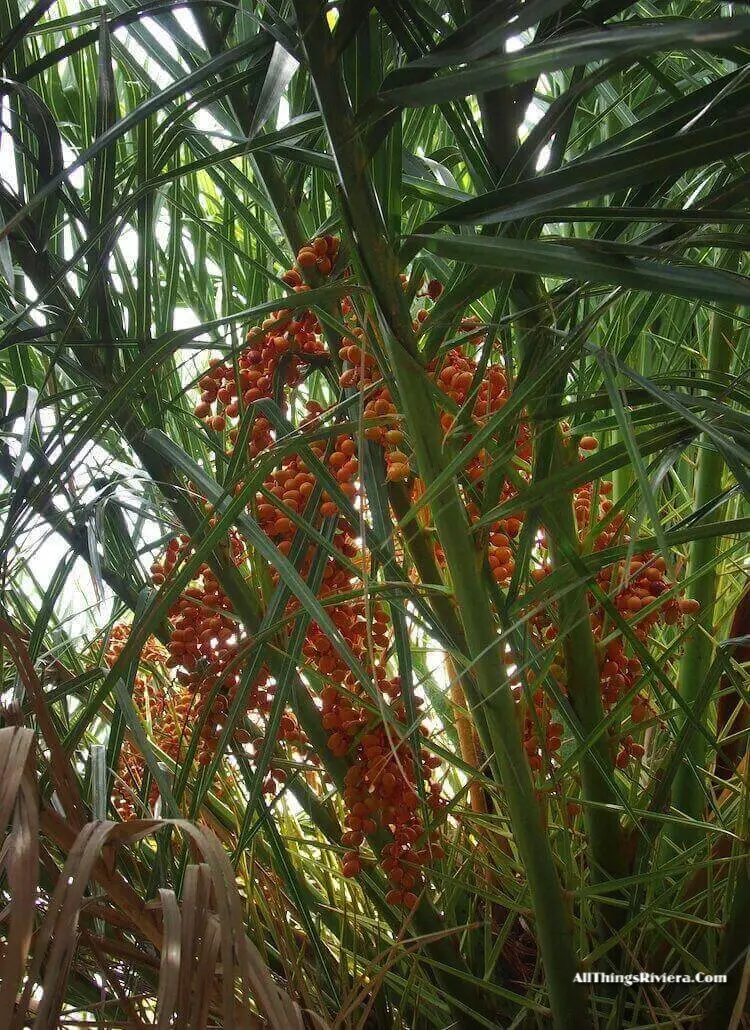
These fruits are not generally eaten. Phoenix Dactylifera were originally farmed for their leaves, not for food. Nowadays, the Bordighera palms are cultivated for further propagation only, and the adult trees are exclusively used for decorative purposes.
Where to See the Palm Trees of Bordighera
It is best to approach the Beodo Grove by using the Ventimiglia-to-Sanremo bus and to descend at the stop opposite the Sant’ Ampelio Church just outside the town centre. Walk up the little park behind the statue of Queen Margherita.
From the park, incidentally, you get some splendid views over Bordighera’s eastern suburbs with the Villa Garnier.
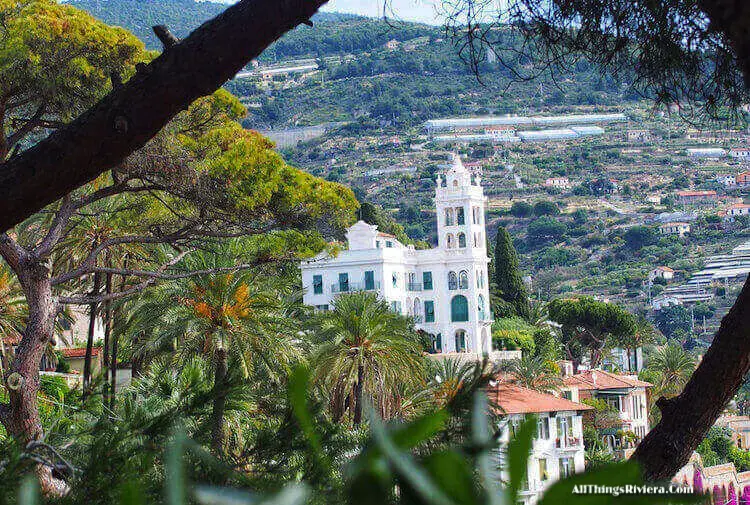
Walk into the Old Town and take the narrow lane just behind the church (called Via Mariani) to continue straight – across Via Circonvallazione – into Via Madonnetta before turning right into Via del Beodo.
Continue along this narrow footpath through the short tunnel. At the end of the tunnel, you are already walking in the footsteps of Claude Monet who took this way often during his stay in Bordighera, who painted the palm grove many times …
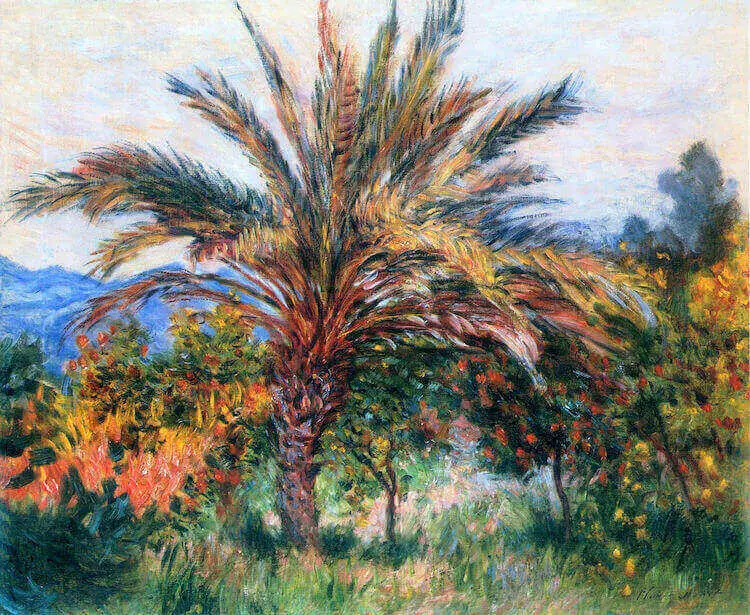
… and who used the trail to start further explorations of the entire Sasso valley.
You are, of course, free to do so as well – there are several picturesque hilltop villages on the far side of the E80 motorway bridge that you can see not very far away, but the small bridge across the river Sasso …
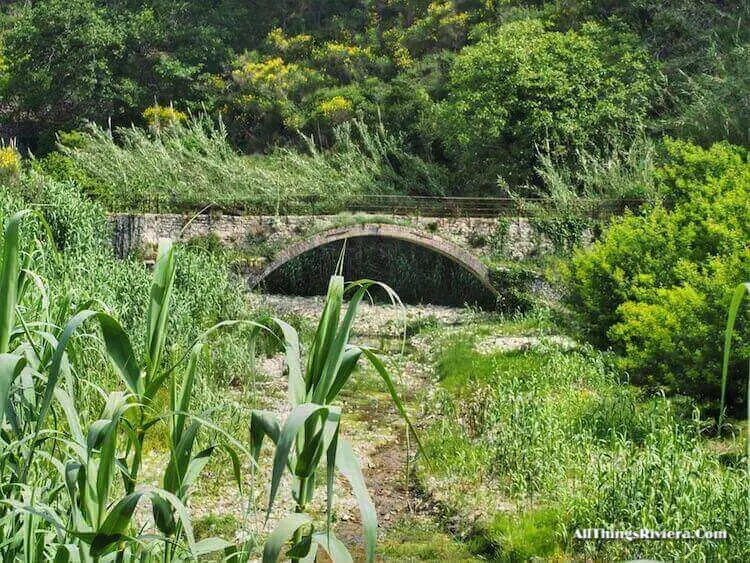
… marks the end of our walk for today.
It is actually the presence of this river to which the Beodo path owes its very existence. Strictly speaking, the Beodo is not a “path” at all, at least not originally, but ancient Bordighera’s first aquaeduct, used to carry non-drinking water (for plants and olive trees) to town.
This is something to reflect on while you are walking back to Bordighera.
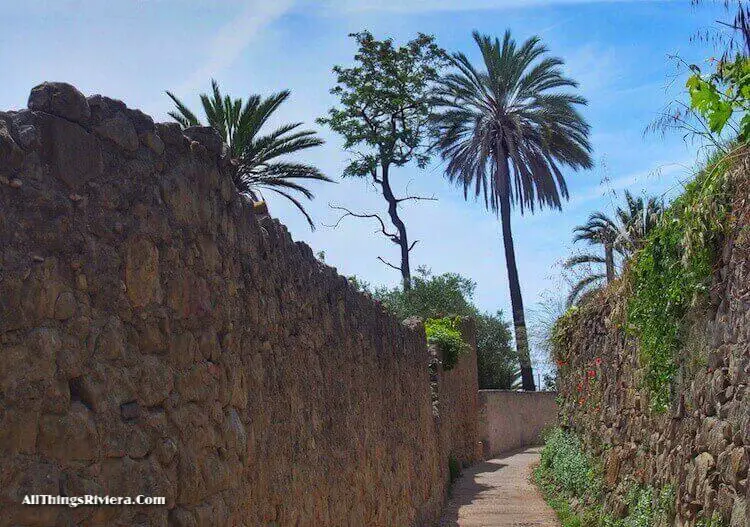
The entire walk – from bus stop back to town – should take you no longer than 90 minutes, leaving you plenty of time, provided you started your day early, to sample one of Bordighera’s excellent restaurants for lunch, such as the Cafe Monet near the train station and the Osteria Magiargé in the Old Town. Buon appetito.

